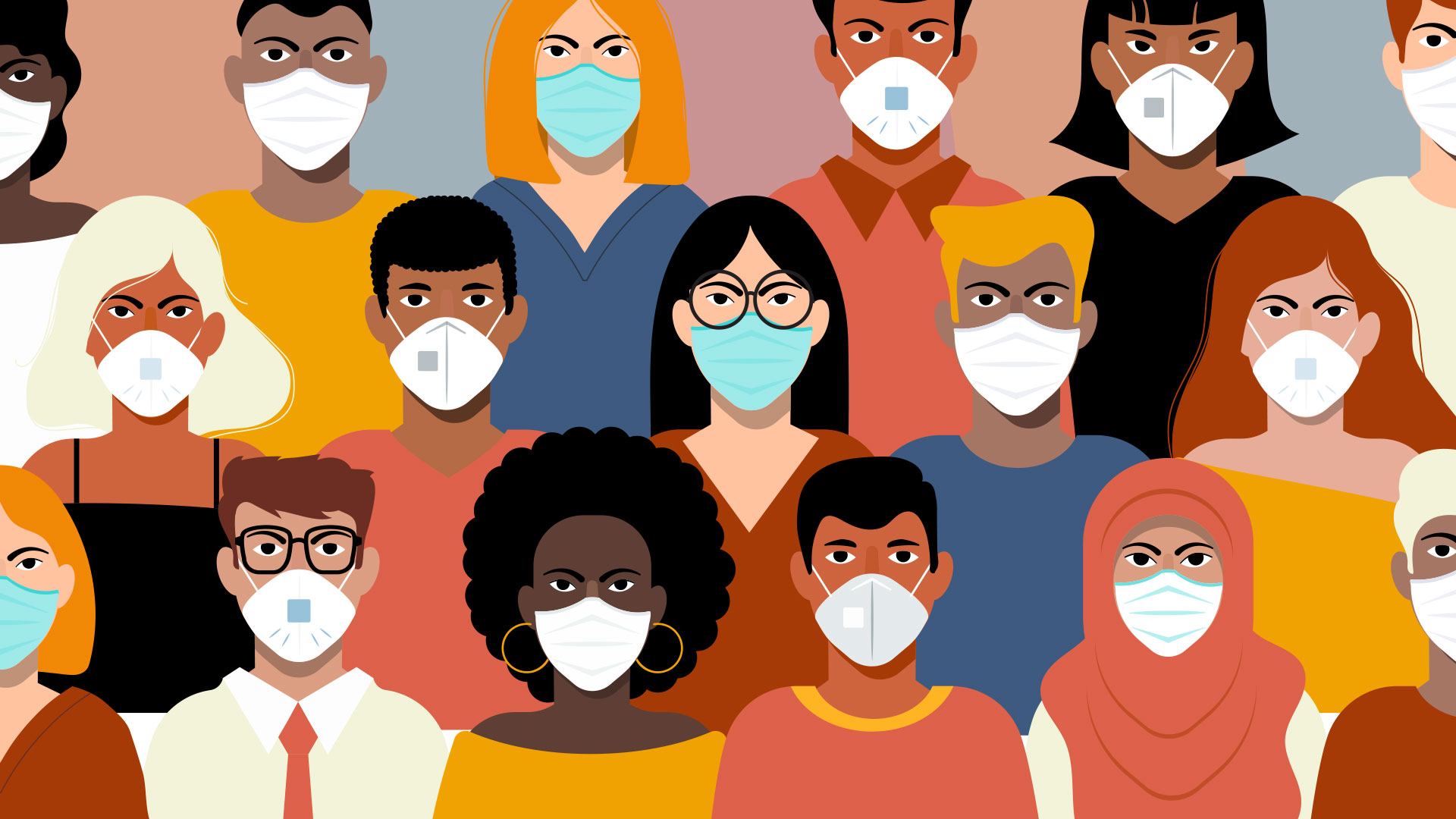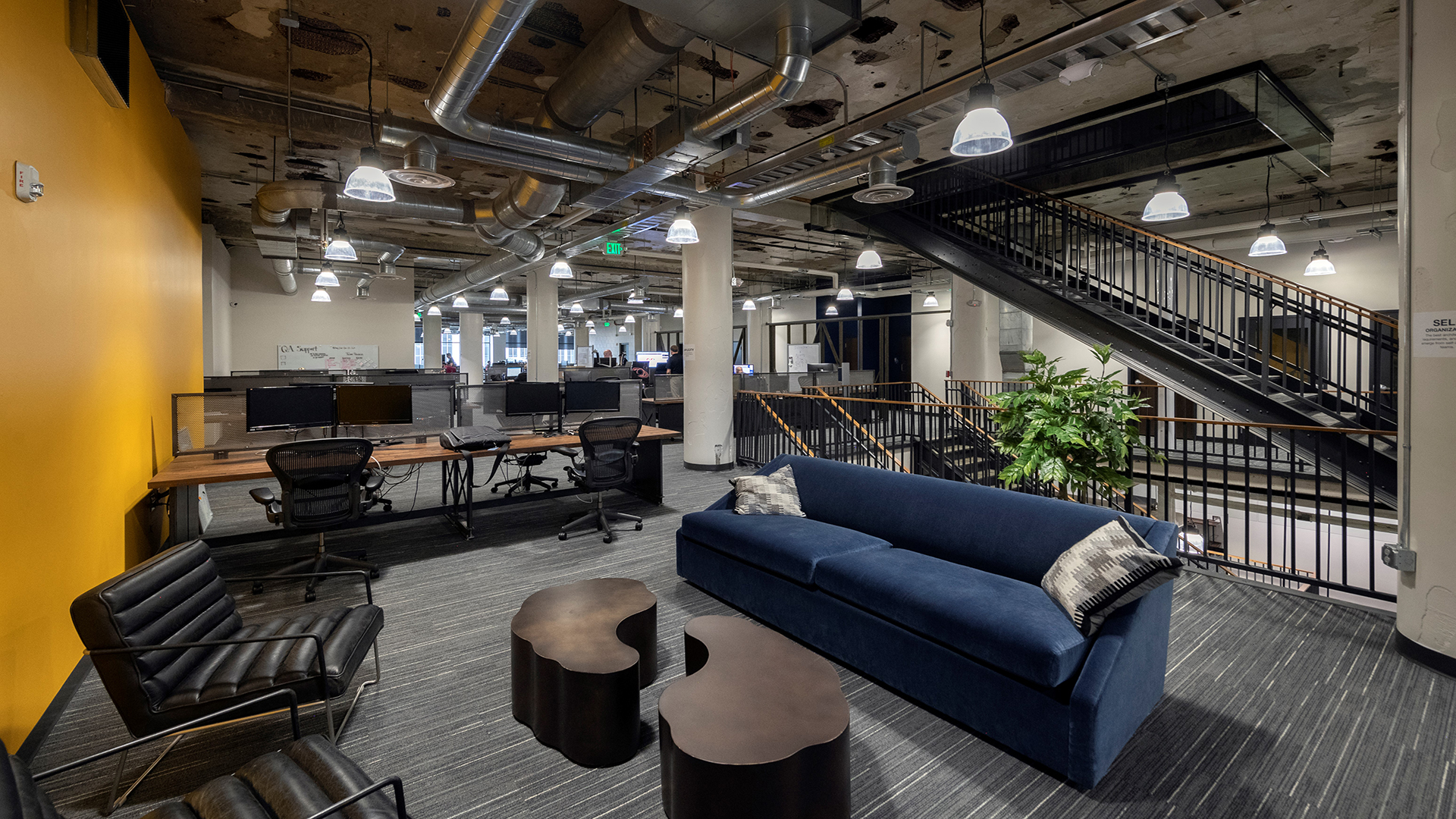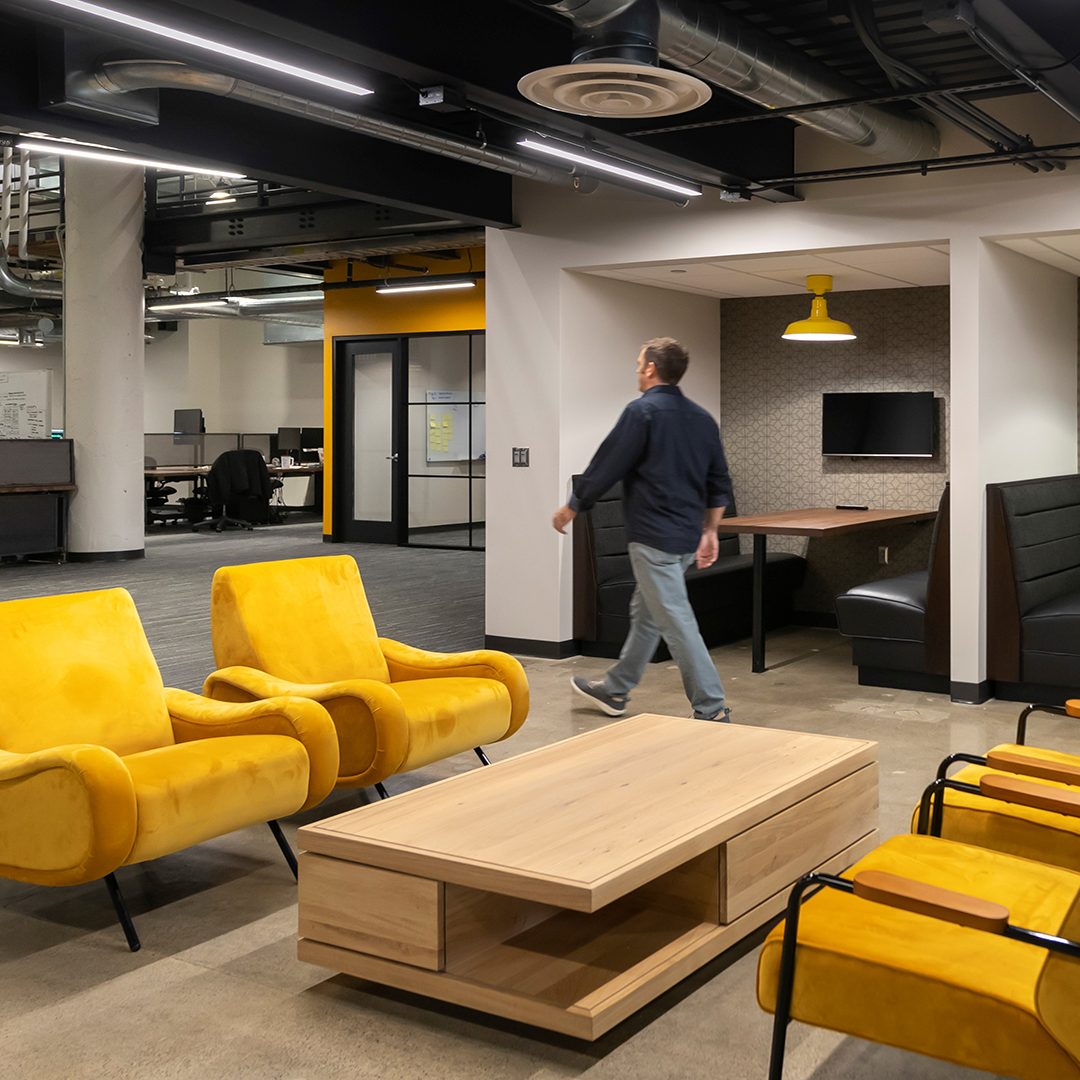HVAC, COVID-19, and the Workplace
By Jordan Backer, PE
July 26, 2021Post Tagged in
 |
In the emergence of the global pandemic, COVID-19, many offices found themselves sending employees home and allowing for remote work as everyone tried to understand the virus.As we move back into the very same buildings that we left months before, we are faced with new steps being taken to maximize employee safety. Social distancing, face masks, new hand sanitizer dispensaries, and extra surface cleaning throughout the building are being implemented, but what about the air we breathe? As we learn more about infectious diseases and how they can spread, we need to consider how Heating, Ventilation, and Air-Conditioning (HVAC) systems are affecting the spaces we work in. |


